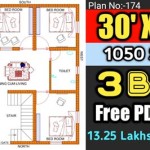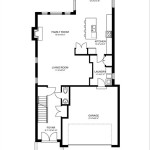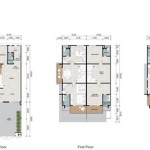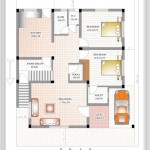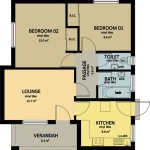Building A House: Essential Elements of Floor Plans
A well-designed floor plan is the foundation of a successful house building project. It determines the flow of traffic, the functionality of spaces, and the overall comfort and livability of the home. Creating a floor plan that meets your specific needs and preferences requires careful planning and consideration of various essential aspects.
1. Room Layout and Flow
The room layout should ensure seamless movement throughout the house. Common areas, such as the living room, dining room, and kitchen, should be easily accessible from each other. Bedrooms and bathrooms should provide privacy and convenience. Consider the natural flow of traffic and avoid creating unnecessary bottlenecks or dead ends.
2. Space Allocation and Utilization
Determine the amount of space required for each room based on your needs and activities. Consider the size and shape of furniture, as well as storage requirements. Efficient space allocation optimizes the use of available space and minimizes clutter. Avoid over- or under-allocating space to ensure a balanced and comfortable living environment.
3. Functionality and Adjacency
Plan the location of rooms based on their functionality and adjacency. For example, the kitchen should be adjacent to the dining area, and the laundry room should be conveniently accessible to bedrooms. Consider how different activities will flow within the house and arrange rooms accordingly for maximum efficiency.
4. Natural Lighting and Ventilation
Incorporate large windows and skylights to maximize natural lighting throughout the house. This not only reduces energy consumption but also creates a more cheerful and welcoming atmosphere. Ensure proper cross-ventilation by placing windows on opposite walls to promote air circulation and keep the home fresh.
5. Storage and Organization
Plan adequate storage space throughout the house to keep your belongings organized and out of sight. Consider built-in cabinets, closets, and shelves to optimize space utilization. Designate specific areas for different storage needs, such as clothing, linens, and cleaning supplies.
6. Structural Considerations
The floor plan should take into account structural requirements and limitations. Wall placement, beam locations, and load-bearing capacity must be carefully considered to ensure the stability and safety of the building. Consult with a structural engineer if necessary to ensure that the floor plan is structurally sound.
7. Aesthetic Appeal and Personalization
While functionality is essential, don't overlook the aesthetic appeal of the floor plan. Consider the overall style and ambiance you want to create. Incorporate architectural details, such as arches, ceiling heights, and moldings, to enhance the visual interest and character of the home.
Creating a successful floor plan is a collaborative process that involves collaboration between homeowners, architects, and contractors. By carefully considering these essential aspects, you can create a home that meets your unique needs and aspirations, providing a comfortable, functional, and aesthetically pleasing living space.

Easy To Build Houses And Floor Plans Houseplans Blog Com

Easy Home Building Floor Plan Cad Pro

Creating The Perfect Floor Plan Quarry View Building Group

Easy To Build Houses And Floor Plans Houseplans Blog Com

Metal House Floor Plans Steel Manufactured Homes Prefab Barndominium

Floor Plans Types Symbols Examples

Why Is A Floor Plan Important In Building House Ch

Floor Plan Creator And Designer Free Easy App

Typical Floor Plan Small Apartment Building House Plans Residential

How To Read A Basic Floor Plan Lofty Building Group

